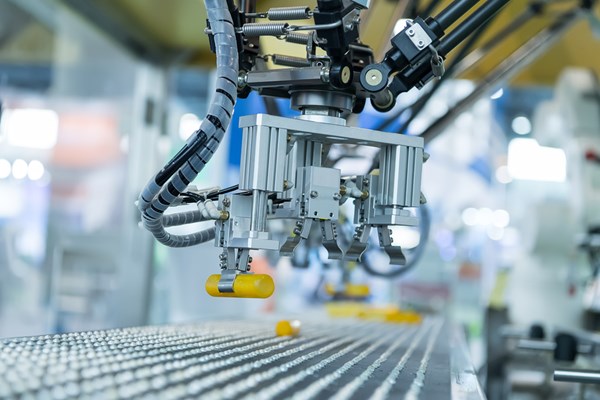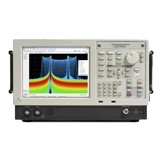Albeit at a slower rate than the previous six months (readings above 50 indicate expansion in activity, with the distance from 50 indicating the strength of the increase).
Ai Group Chief Executive, Innes Willox, said: "Manufacturing entered its second year of consecutive growth in October with sales, employment and forward orders expanding in the month despite some soft patches in exports and production. Forward orders, sales and production are still tracking strongly in food & beverages, building materials and machinery & equipment. Export growth stalled in October (possibly due to the higher Australian dollar in the third Quarter) but the recently lower dollar, which has moved back to around 75 US cents in recent weeks, is likely to see a renewed surge in export activity towards the end of the year.
"October marked the final, historic end of automotive assembly in Australia. This was reflected in lower results (and an absolute contraction) in the Australian PMI® in South Australia. However, outside of the automotive sub-sector, conditions appeared to be relatively buoyant, if a touch slower, for manufacturers in October. Positive sources of demand for Australian building materials, machinery and equipment include apartment and infrastructure construction; defence, mining & agricultural equipment; renewables and utilities projects. Manufacturers from all sectors continue to report that higher input costs for electricity and gas (and also for selected raw inputs such as milk and butter) are biting into margins," Mr Willox said.
Australian PMI®: Key Findings for October:
- October marked a 13th consecutive month of expansion for the Australian PMI® and the longest run of expansion since 2007.
- Of the seven activity sub-indexes in the Australian PMI®, three expanded, three contracted and one was stable in October (see table below). New orders (down 0.8 points to 55.1) and sales (down 0.4 points to 51.0) both expanded, but at marginally slower rates than in September.
- Six of the eight manufacturing sub-sectors expanded in October (trend data*) led by the non-metallic mineral products sector, which stayed at a record high of 72.2 points in October off the back of strong demand for building-related products. Food and beverages also continued to perform well (up 0.9 points to 57.1 points).
- The end of automotive assembly in Australia in October was reflected in lower results (and an absolute contraction) in the Australian PMI® in South Australia than in other states.
- The input prices sub-index rose a further 0.4 points to 66.2 in October, indicating elevated cost pressures across manufacturing, especially energy costs. The wages sub-index fell 2.2 points to 59.0.
- The selling prices sub-index remained under 50 points in October, indicating mild price reductions as input price rises for energy, dairy and other inputs continued to squeeze manufacturers margins.








